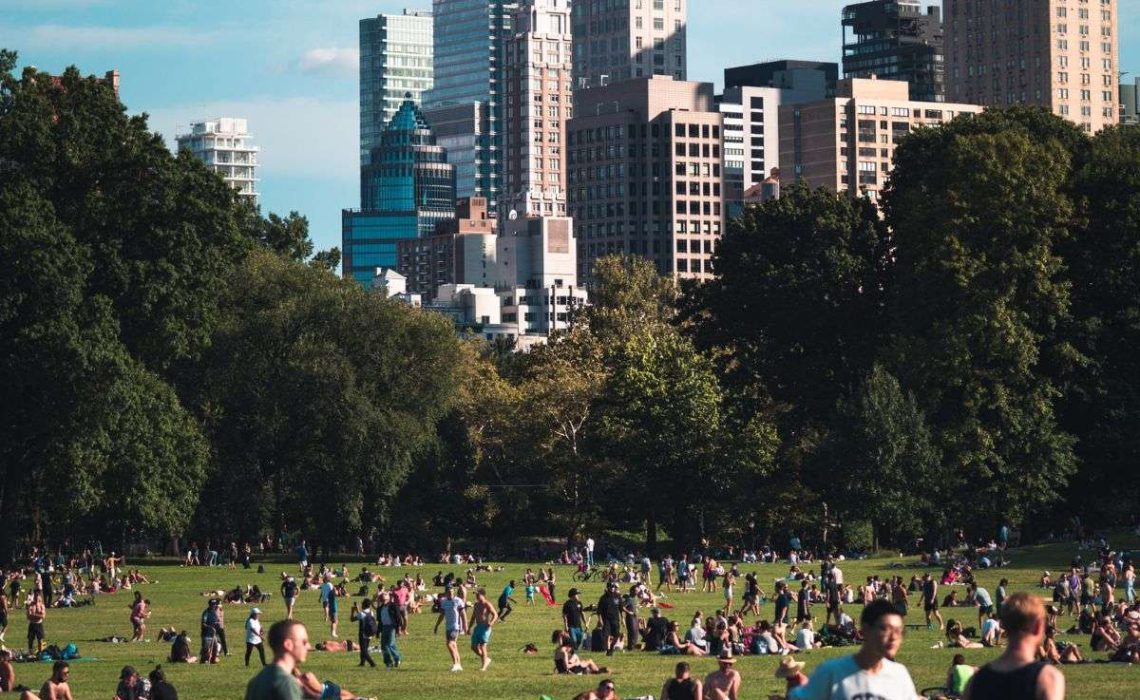A big part of regenerating land and spaces is about making them more human-friendly and locally livable, A.K.A. designing and building communities that don’t require long car rides in order to get basic needs met. And a big part of doing that is purposefully incorporating “third spaces”.
A third space is a space where people can hang out and enjoy each other’s company, like a park or coffee shop (home is the first space, work is the second).
- “Your third place should come with a sense of ease and offer respite from the world without removing you from it altogether”, says The Good Trade
In an ideal situation, an area has a variety of third spaces that suit varying types of needs. So for example, a neighbourhood might have a playground for kids, a dog park, a community garden, several locally operated coffee shops, pubs and/or bars, a library, a barber shop, and a park.
Why regeneration needs third spaces
These spaces are essential for community health because they break down social silos and allow people of many walks of life to exchange ideas and information (explicitly or passively – introverts need not fear third spaces!) and build beneficial relationships.
The types of relationships that are built in healthy third spaces deepen neighbourly trust and encourage antifragility—community members have more connections to go to for help, and can band together to affect change in their area.
And when regenerative changes need to be made, the people who are most invested in the area and their neighbours have the most incentive to jump in and help make it happen.
Regenerative third spaces
What if communities took third spaces a step further and made the space itself regenerative? It’s totally doable! This could look like…
- Green spaces like parks that include gardens, ponds with carbon-sequestering grasses, food forests, edible trees, polinator-friendly flowers, and shade trees for ground cover and comfort.
- Little free library book exchange stations and comfortable lounge benches or usable art installations nearby where a person could curl up with their new book.
- Community centers or libraries that host learning hours with documentaries and speakers who are experts in a regenerative field.
- Affordable coffee houses and pubs that feature local, organic, and regeneratively produced drinks and food.
There are quite literally endless options for what a regenerative third space could look like, so tell us—what would you love to see in your neighbourhood? If your neighbourhood already has good third spaces, what do they look like?

